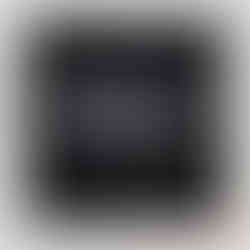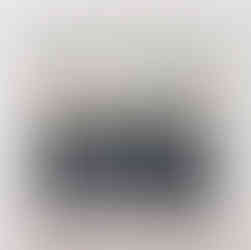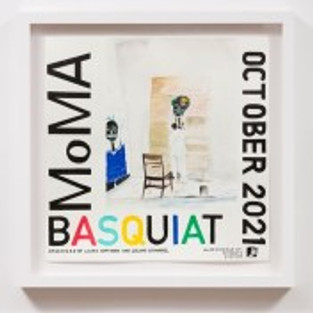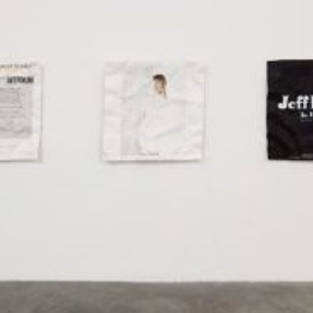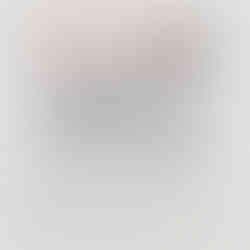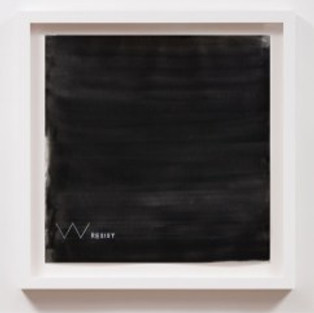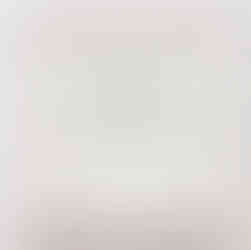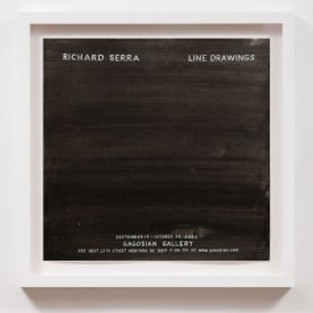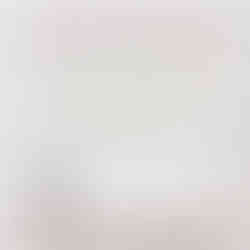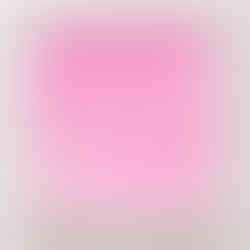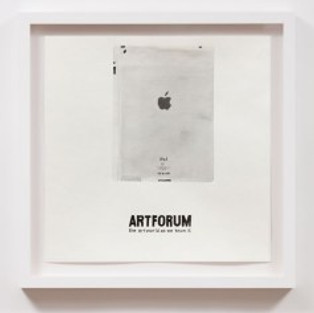William Powhida: After ‘After the Contemporary’ at Charlie James Gallery
- artandcakela
- Feb 5, 2018
- 4 min read

William Powhida, After ‘After the Contemporary’; Image courtesy of Charlie James Gallery
William Powhida: After ‘After the Contemporary’
through March 3, 2018 Charlie James Gallery, Chinatown
By Shana Nys Dambrot Cheeky and dark in a funny-because-it’s-true kind of way, the 120+ works on paper by New York-based artist William Powhida in After ‘After the Contemporary’ combine the convincing mimicry required for satire, with the more gestural and thus emotional aesthetic that comes from really meaning it. He’s also pretty great on Twitter. The title of the exhibition refers to Powhida’s recent solo exhibition at the Aldrich, for which he presented a fictional retrospective from the year 2050, looking back at the Contemporary period of art history, which he posits will have been over for about 25 years by then. For his new show at Charlie James Gallery, he again looks forward to the past, hanging a grid of one hundred and twenty 15 x 15 inch drawings of life-size Artforum ads from 2000 until 2025, when as mentioned above, the Contemporary period will have come to an end, according to the statement, “along with other current social and cultural formations like democracy.” Is it obvious he’s not feeling optimistic?
The sprawling installation is actually quite a bit like flipping through a single issue of Artforum, with its parade of full-page ads that can sometimes seem like the real point of the magazine, and are widely assumed to be the price of eligibility for editorial coverage. These ads are dominated by either noxious selfie-bait like the Museum of Ice Cream or the blue chippery of the mega-galleries like Hauser & Wirth, Zwirner, and Gagosian (and their intercontinental mega-mergers) that market art like it’s just more branded luxury — oh, and also the prevalence of ads for actual high-end consumer goods. Although the grid is punctuated by exhibitions with more gravitas, the overall message seems to be that the art world is every bit as corrupt, debased, and narcissistic as the rest of the world. The gloominess of this unsurprising fact is somehow both ameliorated and amplified by the material irony of Powhida’s epic undertaking. There is something about drawings on paper that speak directly and intimately to the artist’s hand, and so the emotional cues are at odds with the conceptual framework, and this creates a huge space for becoming interested not only in the project as a whole but in each individual drawing as its own spark. Also, he throws in images of war, death, protest, and destruction, partly for context and partly to see if you’re paying attention. In a way, the exhibition is its own antidote. Hint: The ad for Hauser & Wirth’s forthcoming Philip Guston show in NYC is the last “real” one, after that it’s all fiction.
One thing you notice right away is how few pictures there are, and it’s true. Artforum ads are often nothing but names and dates, it’s kinda weird. And they aren’t even making interesting font choices half the time! What is that about? Is it like, we’re too cool to even bother showing you, you’re lucky we’re even telling you about it at all, you don’t need to see a picture to decide if you want to go, just the name-brand is enough to get you there, sans serif. If there is a picture it’s probably of a nude woman. This strange phenomenon further highlights Powhida’s choice to document it through image-making, and also makes it all the more difficult to discern the real from the “fake” since they are all on equal material footing.
And materials — in this case the metonymic aspect of paper specifically — are important to Powhida. Accompanying the life-size suite are three new larger-scale, almost sculptural versions of more ads, 35 x 35 inches each and mounted on aluminum which has been crumpled in such a way as to suggest being balled up and tossed then fished out of a wastebasket — but also that calls attention to their paper-based nature, and to the fact they are drawings. These offer a more present-day commentary on the recent allegations of sexual harassment by Artforum’s former publisher, what that says about the power structures in the art world, and also, inferentially, that Jeff Koons is a terrible artist. These are rooted in 2017-18 and are offered as present-day proof that Powhida’s extrapolated vision of the future is accurate. The small ones are intimate and pun-like because they are actual size; the larger are witty and incisive in their scaling up of empty pictorial space and ironic elevation of cultural vacuity. This is navel-gazing worth doing, offering institutional critique in the language of art, not prose or political spin, plus the humor of their Marxism despite being, of course, luxury objects themselves. I think he means it, though.
Charlie James Gallery 969 Chung King Road, Los Angeles cjamesgallery.com
#losangeles #california #losangelesartist #charliejamesgallery #art #painting #contemporaryperiod #jeffkoons #losangelesart #contemporaryart #NewYorkArtist #southerncalifornia #artistrunspace #abstract #artgallery #Zwirner #Gagosian #gallery #artin2050 #shananysdambrot #artandcake #artopening #artexhibition #ArtandCakeLA #fineart #artists #artist #arts #WilliamPowhida #artreview #artmagazine #AfterAftertheContemporary #HauserampWirth #artcollective #ArtandCulture #exhibition #2050 #Artforum #exhibit #chinatown #CharlieJames #drawing

